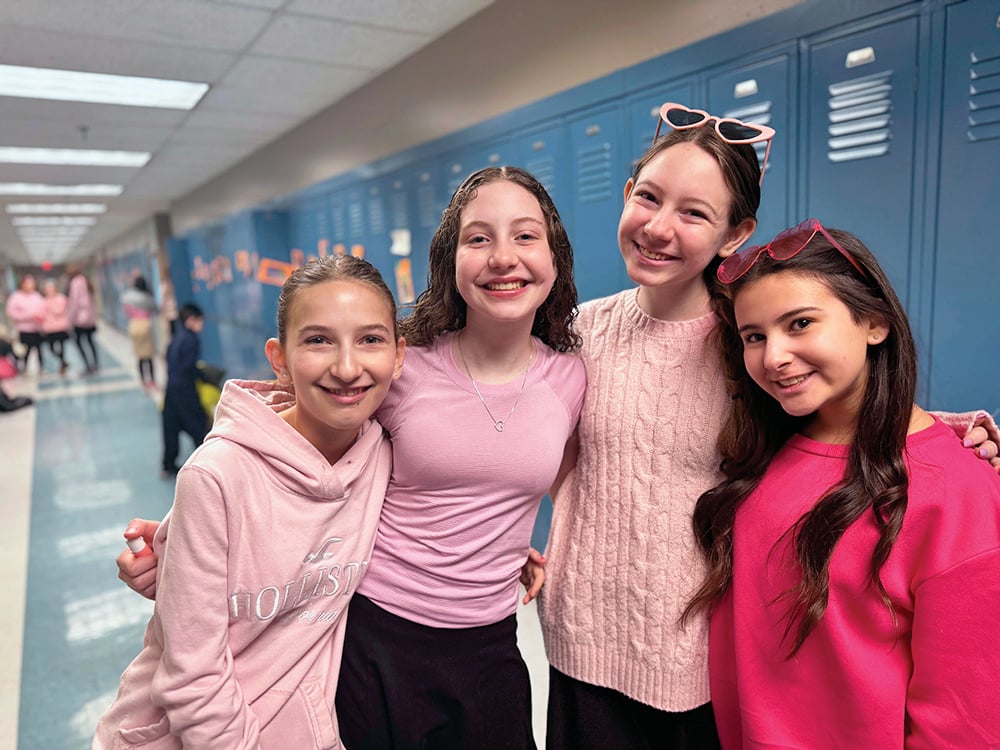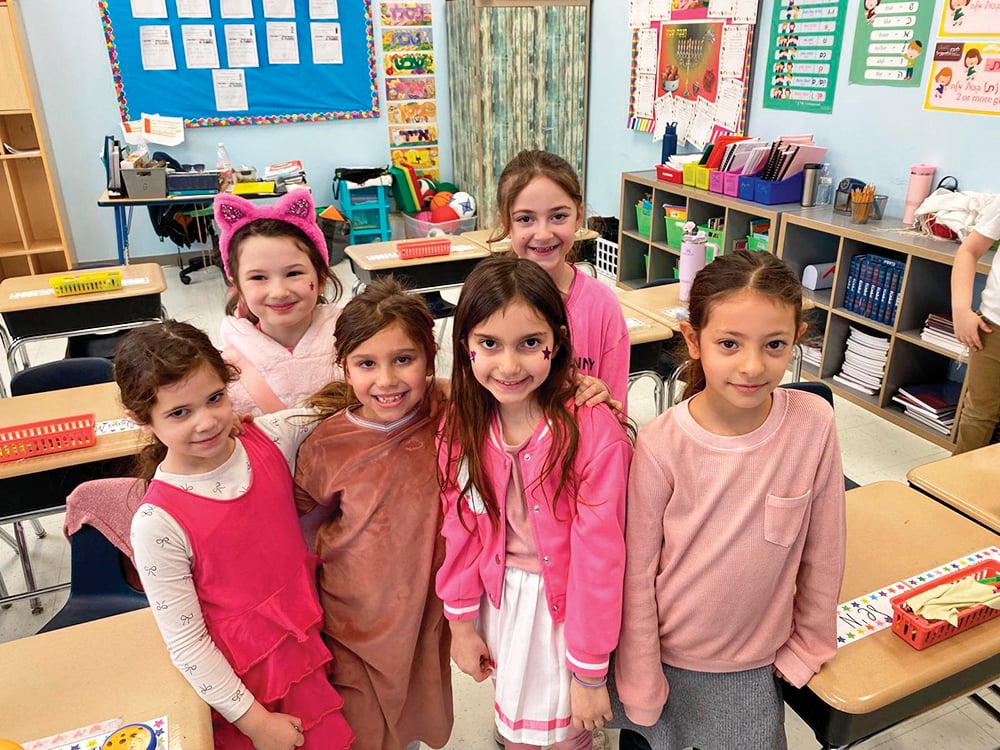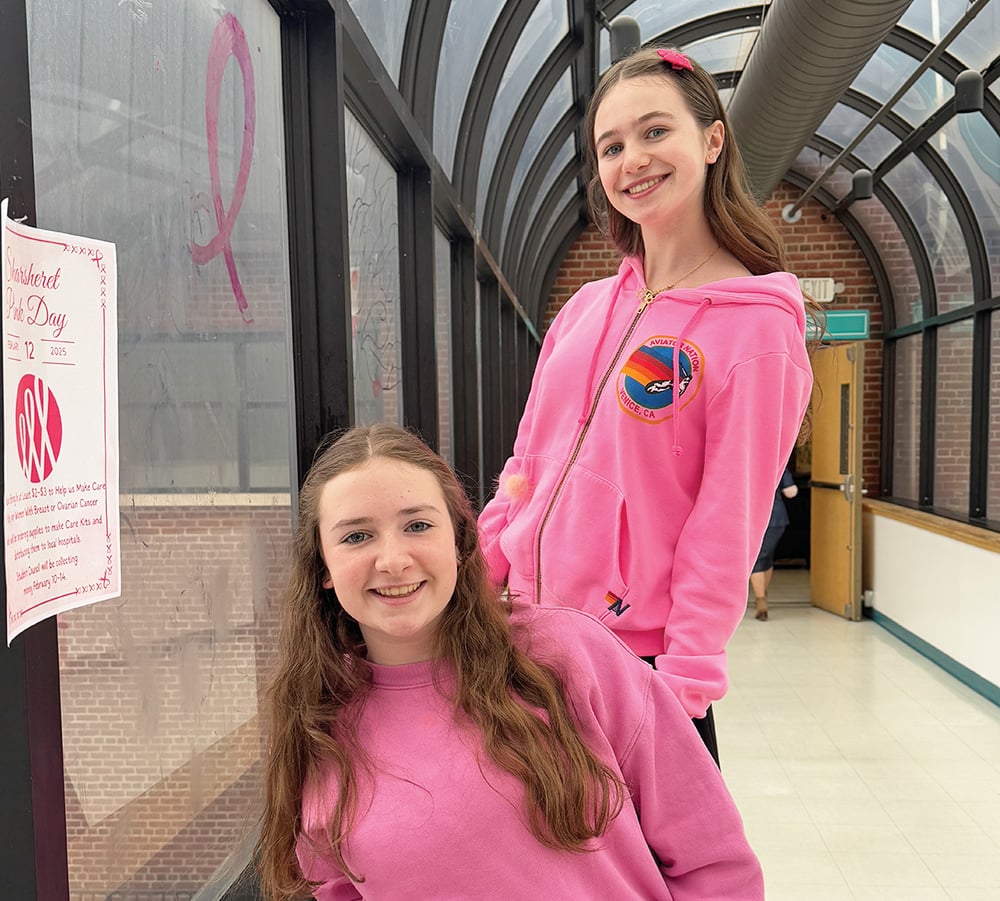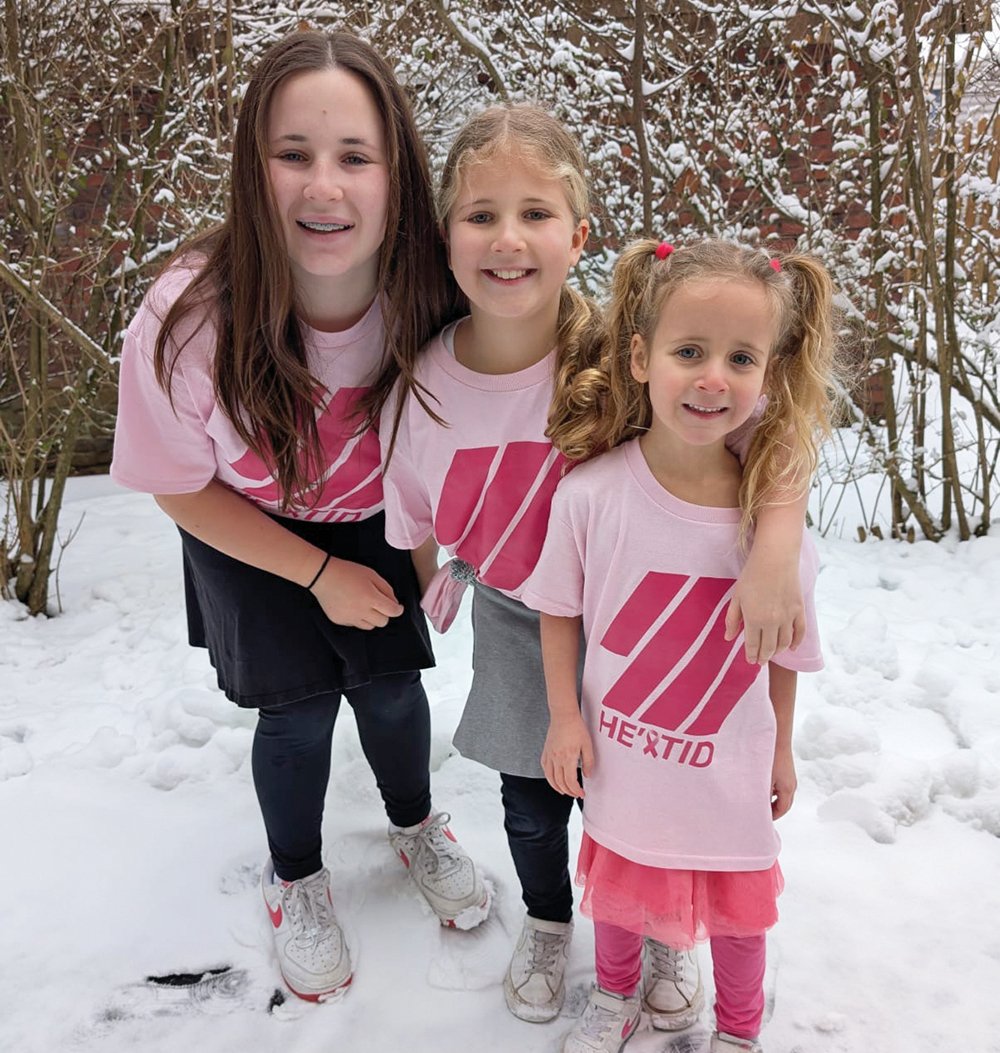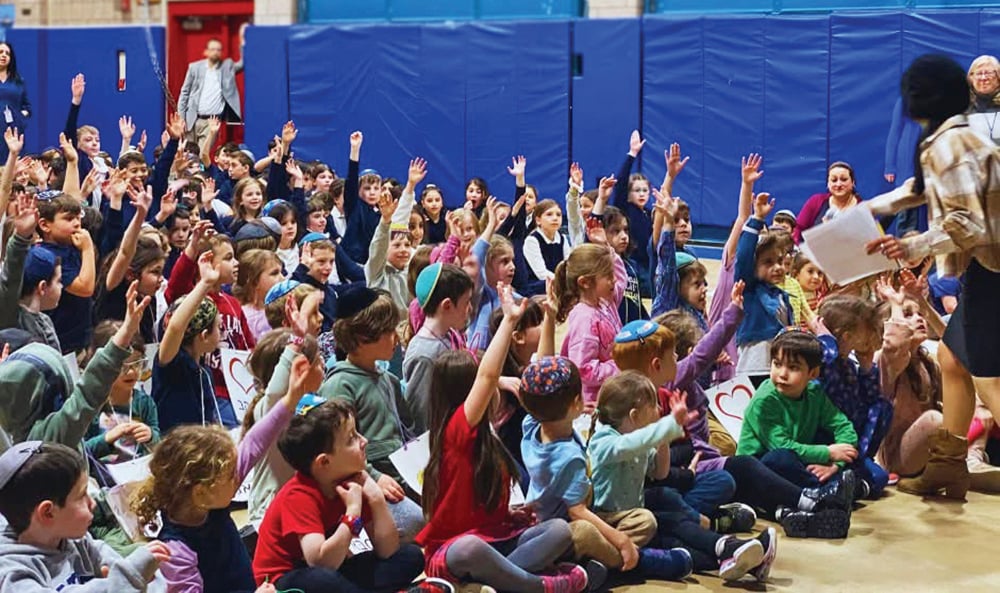How effective has more than three decades of Holocaust education been? Those involved in that discipline and its pedagogy continue to ask that question. Despite numerous efforts to measure it, there is no conclusive data. The alarming rise in Holocaust denial in its many forms results from a range of complex social, psychological and political reasons. Educators are left wondering about how to best address the problem while museums and other educational institutions work towards viable solutions.
Jordana Liebowitz, a young Canadian with an undergraduate degree in psychology and a master’s in education, didn’t believe the usual methodologies were working. The descendant of Holocaust survivors was determined to teach its basics by providing students with a liminal experience. To accomplish this, she combined creativity with technology to produce an exhibition/experience that would appeal to millennials. Instead of a classroom or bricks-and-mortar museum, she conceived of a cattle car, similar to those used to deport Jews to concentration and/or death camps, as the way to engage students and the general public. Her production company, Shadowlight, brought this idea to fruition.
Cattle cars were built to hold and transport eight horses or 40 men. Nazis used them to each hold upward of 100 civilians, of all ages. Convoys of cattle cars (also boxcars, and railroad cars for Western European Jews) deported them to the camps. Providing food, water or sanitary facilities was considered unnecessary. The last stop on the journey that took torturous and terrifying days and nights was to be death.
Six camps were expressly built for industrialized mass murder. More than 40,000 ghettoes and camps were slave labor enterprises. In these, inmates were starved and beaten, died of exposure and disease, or were worked to death. Only the healthy, resilient, resourceful and lucky survived.
Clearly, Liebowitz had no intention of replicating the horrors of deportation. Instead, she harnessed technology to history to provide a brief, immersive lesson for students and adults alike. Admission is free.
Groups of approximately 20-40 individuals enter the car and the door is closed. A docent informs visitors that anyone can leave at any time. Few do. The lesson takes 20 minutes and is repeated for subsequent groups. There is little time to ask questions or engage in discussions about what they’ve experienced, although educators and survivors are often on hand to speak to groups or individuals before and after. The entire experiential lesson can be accomplished in far less far than 45 minutes, which is often all the time that schools allot to teach the Holocaust.
Although most appear moved by what they’ve experienced, this exhibition remains controversial. Some educators oppose Leibowitz’s Shadowlight because of its Shoah-lite lesson. It actually doesn’t purport to teach the entire history of the Holocaust. Not even a semester-long university course can. Instead, Shadowlight is designed to provoke further interest in and study of that tragic event.
What makes this project controversial? Conventional wisdom demands that Holocaust educators avoid anything that smacks of replication and reenactment. Simulations are considered pedagogically unsound, at best, and dangerous, at worst. They can lead to or cause Holocaust distortion, diminishment and denial. Furthermore, scholars and some survivors are offended because they consider such “pretend” experiences counter- productive and/or disrespectful and irreverent as regards a tragedy of unprecedented proportions whose aftershocks still reverberate.
What some find particularly irksome about this exhibition is its “circus-like” quality. When it was at Miami’s elegant Bal Harbor Mall, people could stop by to view it between shopping for luxurious designer goods and going to chichi cafes and restaurants. Yet shopping and dining were not the reasons so many came to the mall when the cattle car was there.
Dr. Miriam Klein Kassenoff, a prominent South Florida educator of educators and child refugee of the Holocaust, is cautious about well-intended initiatives that may end up trivializing the Shoah. Attracting large crowds (approximately 20,000 at the convention center in Toronto) to arouse interest in the Holocaust is admirable. However, she questions whether the average visitor who experiences it in a pleasant setting will leave understanding the enormity of that cataclysmic event.
Does Shadowlight’s “HATE ENDS NOW, the Cattle Car Experience” trivialize the Holocaust or heighten awareness of it by offering a lesson for what in educational jargon is more affective (emotional) than cognitive (factual) learning?
From the reactions of participants in South Carolina, it seemed effective in providing both, at least to some degree, particularly for those with little or no prior knowledge.
The cattle car arrived there the last week of March, where it and local visitors were hosted by a public library. After a couple of days it moved to a new location, Dor Tikvah, an Orthodox synagogue. Sunday morning’s visitors included members of the city council, of which only Ross Appel is Jewish. All the politicians seemed moved after participating in the experience, particularly Charleston Mayor John Tecklenburg. In fact, he looked shaken and spoke of his commitment to end hate crimes.
Subsequent visitors also appeared moved. The Holocaust is hardly unfamiliar to the 17 seniors from Brooklyn’s Joel Braverman Yeshiva of Flatbush who arrived the following day. It provided them a glimmer of what it might have been like for 100-150 people to be packed into such a small, dark place for days and nights only to end up in places built to torture and kill them.
Student Moe Sutton said, “The replica is a very effective taste of what it was like. The scenes were a little confusing but the overall experience was very good and inspiring.”
Eva Catton remarked, “It was very hot in there and it isn’t even very hot outside.”
Elliott Cooper said, “I’ve been to Auschwitz but never saw it like that.”
Amanda Kassab offered, “I felt like a part of it.”
Rachelle Beyda said, ”Being able to see it makes you able to feel it.”
Eileen Chepenik, who visited the cattle car, has for more than two decades been the guest editor of an excellent Yom HaShoah newspaper section published by The Post and Courier, Charleston’s newspaper of note. She considers the experience “repeat and review” for those who know but “a very worthwhile introduction for those unfamiliar with the Holocaust.”
Shadowlight might be accused by some of being “Shoah-Lite.” A better term might be “ShoahLight,” if we conclude that a bit of Holocaust education is preferable to none. It often leads to increased interest and that can be the beginning of serious scholarship.
Generally, most people are creatures of habit and conservative in nature. They opt for tried and true rather than new. Marilyn Sinclair, the founder of Liberation 75, a Toronto Holocaust organization, favors innovation. “When I see young adults who are passionate about creating awareness and interest in the Holocaust, I want to encourage that passion so that more young people follow the example. The future of Holocaust education depends on it.”
Sister Rose Thering, Ph.D. o.p.e., who was a Catholic nun, lifelong educator, activist and pioneer in Holocaust education, taught, “When you teach the Holocaust, you teach everything.”
Leibowitz, a model of passionate determination, said, “I know I’m pushing boundaries in this field. Words on a museum wall are just not going to work for my generation.”
Facilitating the cattle car experience is a Herculean job. Exhausted as she is at the close of the day, she smiles and exudes confidence, fully aware that she has made a difference, to some—perhaps many—if not all.
By Barbara Wind



